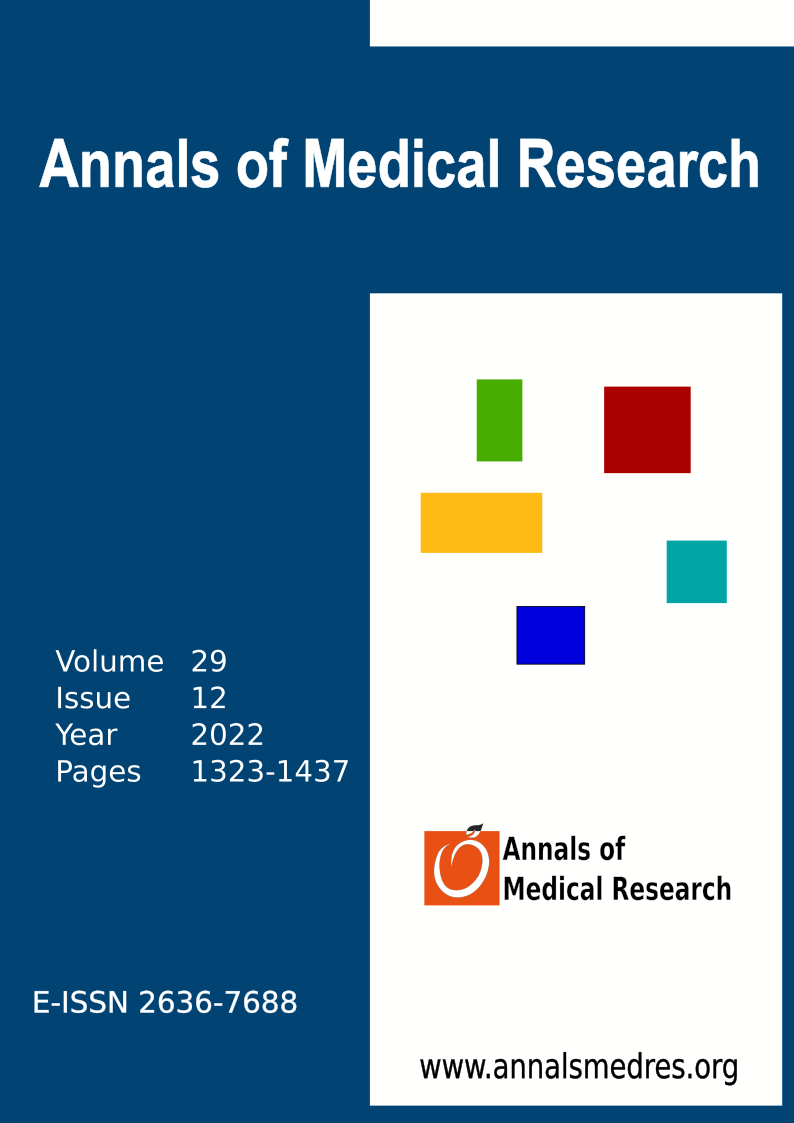The role of Nrf2/SIRT1 pathway in the hepatoprotective effect of PEITC against HFD/STZ-induced diabetic liver disease
Keywords:
Phenethyl isothiocyanate, Nuclear Factor E2-Related Factor 2, Sirtuin 1, Liver injuryAbstract
Aim: We intended to assess the hepatoprotective effects of phenethyl isothiocyanate (PEITC) against oxidative liver injury induced by a high-fat diet (HFD) and streptozotocin (STZ) diabetes through the Nuclear Factor E2-Related Factor 2 (Nrf2) and Sirtuin 1 (SIRT1) pathways in rats.
Materials and Methods: Thirty male Wistar Albino rats were separated into three groups: the control group, the second group (HFD+STZ) fed HFD and injected with STZ (35mg/kg b.w.), and the third group (HFD+ STZ+PEITC) fed an HFD, injected with STZ (35mg/kg b.w.), and given PEITC (40mg/kg b.w. by oral gavage). Feeding with HFD and PEITC was given for two weeks and continued one more week following STZ. Serum ALT and lipids levels, antioxidant enzyme activities, MDA, GST, SIRT1, NF-ƙβ, and Nrf2 levels were measured. Liver histological changes were detected.
Results: In comparison with the control group, in the HFD+STZ group, serum HDL levels, activities of hepatic antioxidant enzymes, Nrf2 activity, levels of GST, SIRT1, and NF-ƙβ reduced and besides, serum ALT, TG, TC, LDL / VLDL, and hepatic MDA levels increased (p <0.05). PEITC pre-administration led to improvement in these changes made by HFD-STZ (p <0.05).
Conclusion: Our data presented that PEITC ameliorated hepatic injury and serum lipid profile induced by HFD and STZ via the activation of Nrf2 and SIRT1 pathways. We can suggest that PEITC could be a possible candidate agent against liver diseases.
Downloads
Published
Issue
Section
License
Copyright (c) 2022 The author(s)

This work is licensed under a Creative Commons Attribution-NonCommercial-NoDerivatives 4.0 International License.
CC Attribution-NonCommercial-NoDerivatives 4.0






